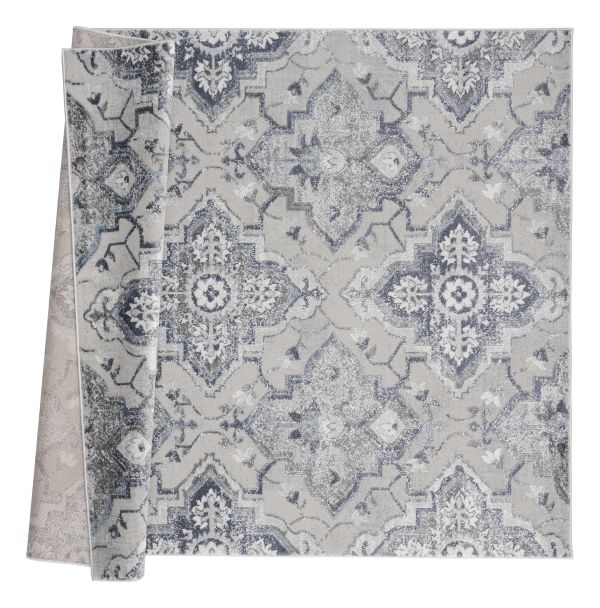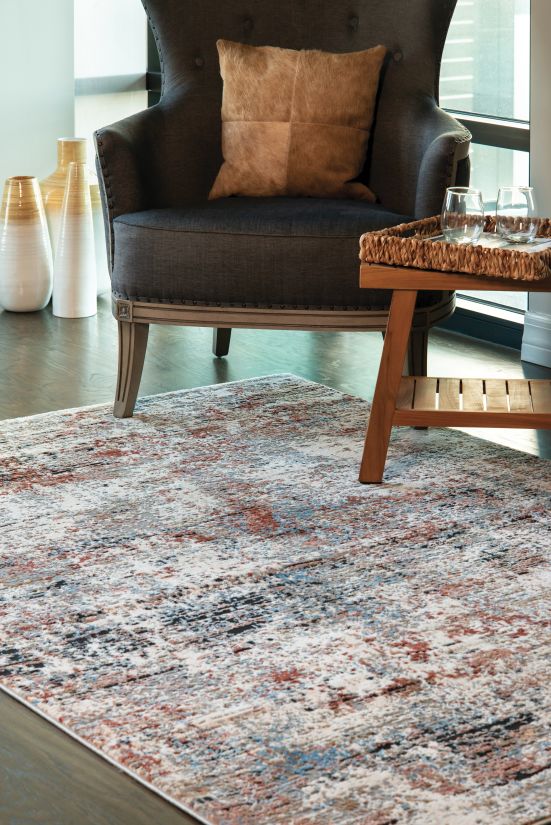For area rugs, it's imperative to choose a rug that promotes a healthy living environment. Opting for rugs made from natural rug materials is generally deemed healthiest. From wool that hailed a natural resistance to allergies to cotton, jute, or bamboo, these rugs contribute to a healthier indoor environment. Transform your living spaces with the assurance of safe rugs for your home, embracing the beauty. Your choices not only elevate your decor but also contribute to a healthier and more sustainable lifestyle.
Buy Top Selling Rugs Products for Home
What is the healthiest rug material?
Encompassing a blend of sustainability, non-toxic, and minimal environmental impact, the healthiest rug material prioritizes personal well-being. The choice of healthy rugs contributes to providing breathability and easy maintenance. The inclusion of health-conscious material ensures durability, eco-friendliness, and environmental sustainability. Explore the vast world of floor coverings with Rug Gallery’s collection of area rugs that add both style and comfort to your space.
Selecting rugs for a healthy home environment, and prioritizing the healthiest rug types is essential. Opting for rugs made from natural and organic materials ensures that you bring eco-friendly, non-toxic, and safe rugs for home that contribute positively to indoor air quality.
Whether you choose traditional rugs to modern or oriental, the right material brings classic charm to your space, ensuring your home reflects your unique taste.
Are wool rugs healthier?
Wool rugs emerge as a healthier choice for various reasons. These hypoallergenic rug materials also resist dust mites, mold, and mildew. Possessing a great ability to regulate humidity, wool rugs create a comfortable indoor environment while contributing to improved air quality and overall health. Explore eco-friendly carpets crafted from natural rug materials or organic rug fabrics, providing a haven that is both luxurious and health-conscious.
What is the healthiest carpet to buy?
Choosing the healthiest carpet involves an exploration of natural and eco-friendly materials. Organic rug fabrics offer a chemical-free alternative that ensures a floor solution aligning with your personal well-being and environmental responsibility. Featuring the health-conscious approach, buy a rug that takes center stage while boasting a healthier environment with natural elegance.
What is the best carpet for everyday use?
For everyday wear and tear, choose a rug that harmoniously blends durability and resilience. Consider wool carpets that boast natural strength and resistance to stains. Nylon carpets are a synthetic option that demonstrates abrasion resistance. Whatever material you choose, the key is to strike a balance between comfort and durability that maintains practicality over the long term. The pursuit of a healthier home leads to the exploration of the best rug materials for health. Rug Gallery offers a diverse range of carpets that cater to various styles and preferences, ensuring your home reflects your unique taste.
Should I Avoid polypropylene rugs?
Polypropylene rugs are visually appealing and budget friendly but these choices concern potential health impact. These rugs involve a manufacturing process that utilizes various chemicals. This may opt to avoid polypropylene rugs.
What are the polypropylene rugs disadvantages?
While these rugs resist stains and moisture, the potential off-gassing of volatile organic compounds and other chemicals used in production is a disadvantage. Individuals who are sensitive to such emissions may experience respiratory issues. Additionally, polypropylene rugs exhibit less heat resistance compared to natural fibers like wool, rendering them less suitable for areas exposed to direct sunlight or high temperatures.
What is the problem with polypropylene carpet?
In polypropylene rugs, the concern lies in the potential release of harmful chemicals. This contributes to poor indoor air quality and poses a concern for respiratory sensitivities. Create a sanctuary within your living space by choosing the healthiest carpet options other than polypropylene rugs.
Are synthetic rugs unhealthy?
The synthetic rugs include materials like polypropylene, polyester, and nylon, which warrant consideration. Despite their affordability, synthetic materials used in production can release volatile organic compounds potentially leading to health implications.
What are the negative effects of synthetic rugs?
Synthetic rugs reveal potential negative effects on indoor air quality. The release of VOCs and other chemicals and prolonged exposure to these pollutants may contribute to several health issues. Moreover, synthetic rugs may fall short in environmental friendliness compared to their natural fibers.
What are the differences between synthetic rugs and polypropylene rugs?
Polypropylene is a type of synthetic material commonly used in rug production, other synthetic options like polyester and nylon offer alternatives. Their key differences involve composition, durability, and environmental impact.





















